Time capsules from the asteroid belt
University of Portsmouth
Analysis of meteorites from the differentiated asteroid 4 Vesta is helping to refine our understanding of planet formation and impact bombardment of the inner Solar System.
To understand how the terrestrial planets formed, differentiated, and were reworked by impact bombardment we must piece together a timeline of events that occurred billions of years ago. The asteroid belt contains remnants of planetesimals that offer a unique perspective on these processes, and meteorites from these bodies allow for direct radiometric dating via laboratory analysis. However, linking the resulting age data to specific Solar System processes is challenging, and requires integration of observations from the atomic to planetary scale.
Organisations involved:
University of Portsmouth
The Open University
Royal Ontario Museum
The University of Houston
STFC
Royal Society
“The astounding images and data that Dawn collected from Vesta and Ceres are critical to understanding the history and evolution of our solar system.”
Thomas Zurbuchen, Associate Administrator of NASA’s Science Mission Directorate
Electron microscope image of meteorite NWA 12866 below. Field of view: about 2 mm. More images can be viewed here.
Our group has been focusing on understanding the rock record of major processes that occurred in the early Solar System. Some minerals can preserve a microscale structural fingerprint of extreme conditions, from the very high temperatures of planetary accretion, magma oceans, and impact melting, through to incredible pressures generated by hypervelocity impact events. Excitingly, these include minerals that can be radiometrically dated, as they incorporate small but significant quantities of radioactive isotopes with very long half-lives. Combining these microstructural and isotopic datasets provides a powerful tool to resolve the histories of planetary materials, even if they have been subjected to complex overprinting processes such as impact events.
In order to advance understanding of early Solar System evolution, or group has been applying these advances to important HED group of meteorites. These originate from differentiated asteroids (i.e. separated into a core, mantle and crust), and the majority are thought to derive from asteroid 4 Vesta on the basis of detailed spectroscopic characteristics and similarities in surface geology revealed by the Dawn spacecraft mission. The second most massive body in the asteroid belt, 4 Vesta preserves an important record of planetesimal formation, differentiation, and impact bombardment of the inner Solar System.
We have combined detailed scanning electron microscopy (SEM) analysis of microstructures in HED meteorites, with analyses of uranium and lead isotopes in microscale volumes of minerals such as zircon, baddeleyite and apatite. The resulting datasets allow us to resolve the timing of magmatism and metamorphism in each sample, from the timing and effects of hypervelocity impact events that reworked 4 Vesta during the first billion years of Solar System history.
The findings shed new light on planetesimal evolution, and the dynamic evolution of the Solar System. The new data allow us to refine the timeline and processes of geological processes that shaped 4 Vesta and similar planetesimals. Importantly, this includes a new record of impact bombardment rates that differs from models derived from analysis of lunar samples collected during the Apollo missions. This data calls into question the ‘late heavy bombardment’ hypothesis, which suggests that the inner Solar System experienced a major spike in massive impact events around 500-700 million years after Solar System formation; thought to have completely reworked planetary surfaces and prevented the emergence of life on Earth. A rethink to impact bombardment models is needed, and has major implications for astrobiology, the dynamic evolution of the Solar System, and the formation of the asteroid belt.
Future advances in this field require the integration of observations at a very wide-range of scales. From microscopic study of meteorites and returned samples down to atomic scales, to spectroscopic analysis of asteroids, and robotic exploration missions to candidates for sources of differentiated asteroids. Integration of this multi-scale data will allow us to connect laboratory measurements with source asteroids and their surface characteristics, providing unprecedented insight into early Solar System evolution.
All meteorites are valuable recorders of planetary processes, but the potential science return of observed falls is particularly huge. These not only allow samples to be collected with minimal contamination and weathering on Earth’s surface, but also for potential reconstruction of their pre-entry orbits and originating location in the Solar System. The chances of recovery and orbital reconstruction are greatly improved by dedicated meteor camera networks, as demonstrated by the remarkable recovery of the Winchcombe carbonaceous chondrite.

